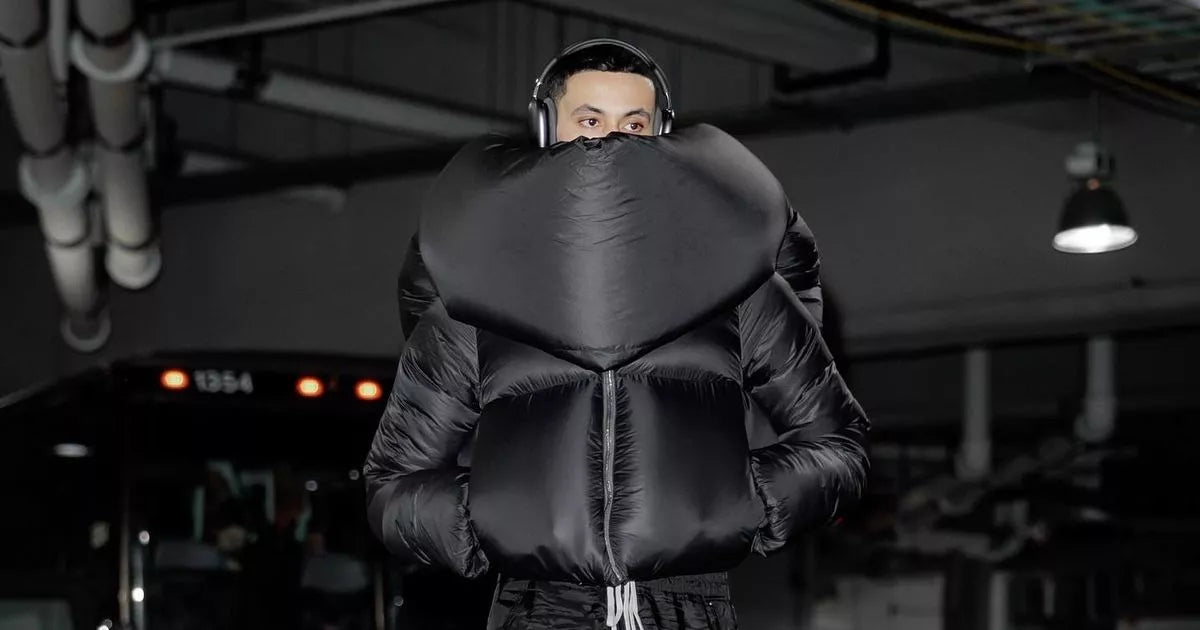In the highly publicized world of the NBA, players' style is almost as important as their performance on the court. The "tunnel fit," the obligatory passage where basketball stars present themselves in carefully selected outfits before each game, has become a veritable fashion show. Shai Gilgeous-Alexander, Jordan Clarkson, Jerami Grant: all display looks that attract attention, unique pieces with daring compositions. Kyle Kuzma, too, stood out in this exercise. But today, he decided to turn the page.
Why? The answer is simple: Kuzma is getting tired of it. In an interview with Vogue, he makes no secret of his disinterest in this scene that has become, according to him, pure commercial theater. “The tunnel used to be a way to really express yourself, but now everything is so monetized and commercialized,” he says. “People have stylists, buy clothes for one wear, or get pieces sent to them by brands.” Kuzma doesn’t mince his words. For him, individuality and creativity have been drowned in this incessant stream of sponsored collaborations and pressures for forced originality. But are we really surprised?
At a time when every detail of public figures is scrutinized, analyzed, and monetized, it becomes difficult to distinguish spontaneity from staging. Kuzma asks a disturbing question: “Where is the authenticity in all this?” This movement is reminiscent of that of influencers and celebrities who, saturated by the “race for image,” choose to return to more sober bases. In a world where everything is branding, where even apparent simplicity is meticulously calculated, his choice almost seems like an act of rebellion.
And yet, some wonder if this attitude does not hide a weariness with social pressure. For young NBA players, the obligation to wear different outfits to each game, to chain together ever more striking looks, quickly becomes exhausting. Kuzma knows this well. “When you are young, you do not want to wear the same thing twice,” he explains. “You are pushed to buy, to renew, to accumulate to stand out.” It seems banal, but this pressure reflects a much larger problem: that of image, of the need to constantly “sell yourself”. How can you stay focused on the game when every move becomes a staged performance?
Other teams have also decided to take a stand. Hansi Flick, the coach of FC Barcelona, has required his players to wear the club's colours every time they enter the locker room. A gesture that seeks to reaffirm the values of unity and avoid the distractions that come from the excess of clothing. In sport, can clothing still remain secondary? Or is it condemned to be the centre of debate?
In making this decision, Kuzma is challenging one of the most entrenched norms of today’s NBA culture. The choice resonates as an invitation to reflect: What is style, when it ceases to be a form of personal expression and becomes a mere vehicle for image? Perhaps we will see other players follow this path. Or perhaps the “tunnel fit” will evolve, finding a new balance between authenticity and performance.



Share: